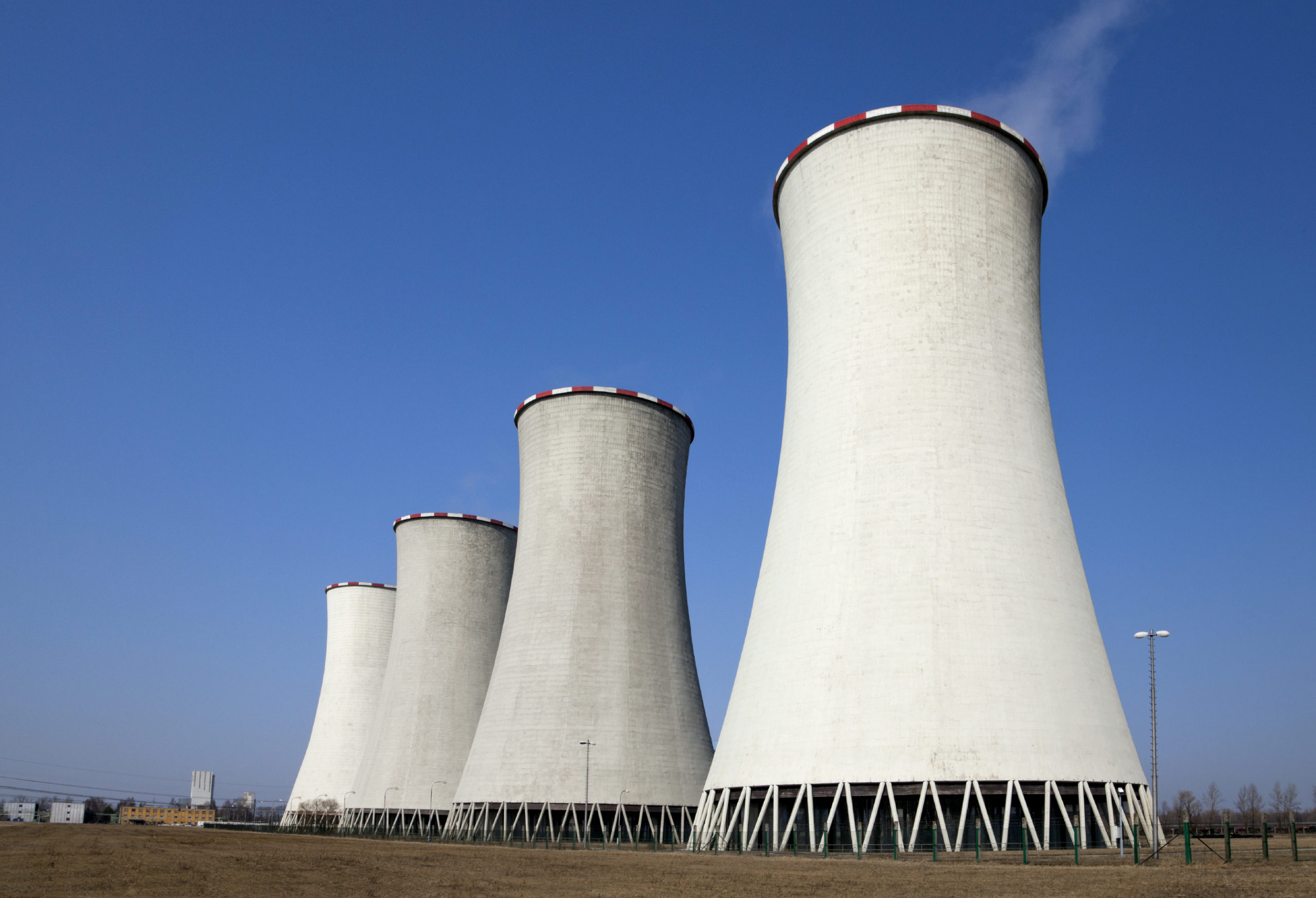
Is it right for you?
A water side economizer can provide most, if not all, of a system’s cooling load when the outdoor air conditions permit, but will it work for your system?
In a Nutshell
A water side economizer helps in the production of chilled water. The savings are a result of the reduced runtime of the chillers. The most common type of water side economizer uses a typical open direct-contact cooling tower with plate and frame heat exchanger. Open towers will tend to accumulate ice in extremely cold weather. In these cases an evaporative fluid cooler may be used. Evaporative fluid coolers use a closed loop heat exchanger containing glycol and in extreme weather, there is no water in direct contact with outdoor air.
When weather conditions permit, the cold/dry outdoor air can cool the condenser water in the cooling tower sufficiently to transfer heat from the warmer chilled water loop directly to the condenser loop, bypassing the chiller entirely.
Getting More out of Your Economizer
Water side economizers are best suited to facilities with:
- Process or space cooling loads year-round or close to it. You may be surprised at how many commercial facilities need cooling in some spaces year-round.
- Insufficient chase/ductwork capacity to move sufficient outdoor air for air side economizers.
- Commercial new construction, generally with decoupled ventilation and space conditioning. See “Dedicated Outdoor Air Systems.”
- Concurrent favorable weather conditions while cooling is needed.
Traditional chilled water supply set points vary from 45°F to 50°F. Raising this set point to 55°F during the colder months can often satisfy cooling loads while allowing for longer runtimes of the economizer. The temperature should be set back to 45°F during the summer to avoid humidity issues.
Other measures that help maintain efficiency are a rigid maintenance and monitoring schedule. This is especially important on the cooling tower where scale and debris can accumulate. The control switch over from mechanical cooling to economizer must take place smoothly and be completely automated to minimize fluctuation in cooling load.
Data Centers and Process Applications
Data center cooling systems are common applications for water side economizers. Simpler air side economizers are typically problematic in these spaces because of tight humidity control requirements. These areas are also some of the most delicate as fluctuations in temperatures and loss of cooling can greatly affect the equipment. The chances of this happening are greater during economizer switch over. However installing a thermal storage tank greatly mitigates this risk. The storage tank allows the HVAC system to draw chilled water from a reservoir while the economizer components are brought to full capacity.
It is also not uncommon to find food processors and other industrial facilities with cooling loads that operate chillers year round. This is almost always unnecessary.
Water Side Economizers Can Work for You
Just because you have a small cooling load or are located in a warm climate does not mean an economizer is not right for you. An economizer may still be worthwhile even if it can only produce part of the cooling load. Each scenario must be examined to determine the potential benefits a water side economizer can bring to your building.



